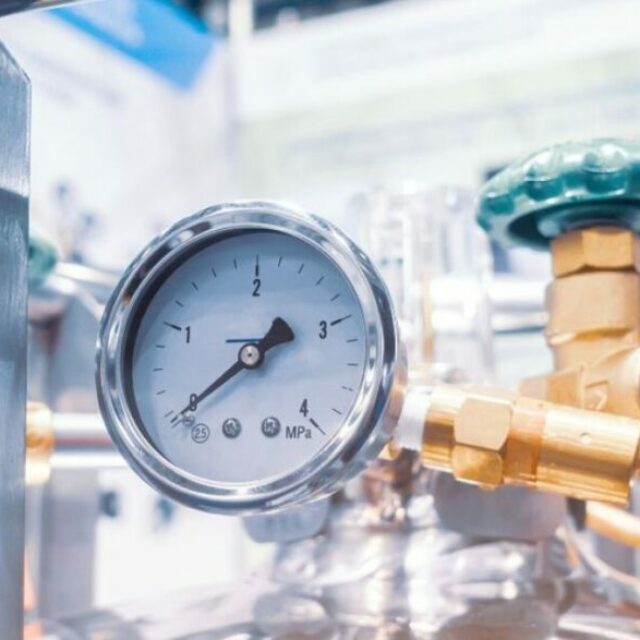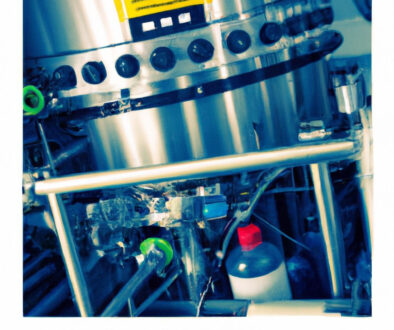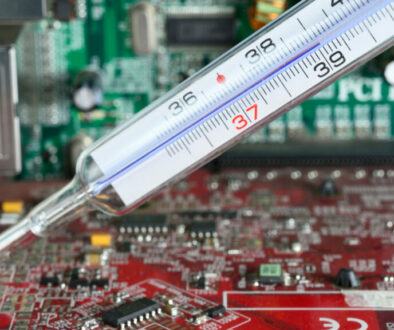Why an Oxygen Concentrator Would Stop Working
Oxygen concentrators are crucial medical devices for many people. They supply constant pure oxygen to patients for breathing assistance. Every new or used oxygen concentrator may succumb to wear and tear from strenuous use. Wear and tear causes multiple issues that could affect the device’s performance. Learn the reasons why an oxygen concentrator would stop working, specifically its power, alert system, and troubleshooting procedures.
Safety Procedures
Before reviewing the necessary power and troubleshooting protocols, you must know the safety considerations when your oxygen concentrator breaks. Before anything else, switch to a backup oxygen source if you rely on a continuous flow for life support. On top of that, you should not dismantle the machine yourself. You may cause greater issues than the original malfunction. Keep your device away from heat, smoke, pollution, and water as well as other liquids. Each of these can permanently damage your equipment and make it unusable.
Always remember to know the alerts and errors of your machine. Internal errors can arise if you’re not aware of your control screen functions. Some common alerts include low oxygen, oxygen purity, no breath detection, low or empty battery, battery temperature, system temperature, and other system errors. Of course, you should always have consistent airflow throughout the apparatus. If the intake vent is clogged or blocked, it can affect the oxygen purity. Similarly, the concentrator will not work if it exceeds its internal temperature range. In that case, moving it out of extremely hot or cold areas will likely help. You can always check the owner’s manual for further troubleshooting information too.
Power Issues
Your oxygen concentrator relies on electrical currents to power it. With age, these connections can decrease in quality, which will cause technical malfunctions. Depending on the severity of these issues, you may have to see a medical technician to fix it. Otherwise, there are basic troubleshooting procedures you can do instead. When your oxygen concentrator does not power on, follow these steps. First, press and hold the power button. You may have to press it twice, depending on your machine. Inspect all cords, power strips, and electrical outlets to make sure no faulty circuits exist. A detached wire could block the power supply. You should also inspect the cord for its connection to the power adapter on the machine. Every cord and power outlet should supply electricity to the machine. Don’t forget to check the wires. Wear and tear can fray the fibers and hinder electrical flow. You may need to replace these cables.
Next, make sure the power adaptor is well ventilated. Overheating can cause preemptive failures as well. Portable oxygen concentrators must use a properly installed battery. Replace if using a drained battery. Ultimately, your power output is an essential component of your device. Oxygen concentrators need a stable wall outlet, compatible power source, and appropriate voltage to power it. Any of these conditions could affect your oxygen concentrator’s performance if broken.
Troubleshooting Basics
After trying those solutions, you might have a larger issue if your oxygen concentrator still doesn’t work. Even if it turns on and the power supply transfers, you may need to consult a medical technician. Still, these steps might help. First, connect the nasal cannula to the oxygen concentrator and humidifier bottle (if using one). Sometimes this piece can loosen, twist, or bend. The nasal cannula should face the appropriate direction toward the nostrils to ensure an even pulse. You should also check the flowmeter. Close this knob to prevent oxygen from releasing. Again, the oxygen concentrator should be kept in a well-ventilated space. An overheated device will not work as effectively in this condition. Lastly, check how it fits in a carrying bag. Sometimes inaccurate placement in the bag can block the vents in the unit.
Of course, your device might need a hard reset. Just like your laptop or cell phone, forcibly restarting your device may troubleshoot it back to factory settings. To do this, completely power off your machine. Disconnect it from the power to prevent any electrical surges. Then remove the batteries. Allow your machine to sit for twenty to thirty minutes without touching it. After this time passes, plug the AC power to the machine. Power it on and use it for ten minutes with AC power only. After that, disconnect the power supply and reinstall the batteries. This should effectively restart the oxygen concentrator.
Future Care Options
Nevertheless, there are some future care options you should consider that can prevent any further oxygen concentrator performance issues. When all else fails or if you are unsure how to proceed, call customer care. You should see a phone number on the device or the manual where you can reach that medical manufacturer’s customer service line. They should know how to diagnose your machine’s problem and its potential issues. If you’re uncertain about the machine, refer to the make and model of your concentrator. Explain the problem you are facing and when it started. You might need to relay the serial number for customer care to find your device in their database, but you can find this on the side or the bottom of the equipment.
There are also some preventative measures you can take. Preventative maintenance is the act of upkeeping your device so that it works flawlessly. Consider these methods. Clean the intake filter every two weeks and replace it every two years. You can clean it with soap and water but make sure it’s dried thoroughly before reuse. Of course, you can always replace the filter sooner than two years if it’s in disrepair. Your sieve bed may also need a replacement. This part purifies the nitrogen out of the oxygen, making it safe for ingestion. Inspect the compressor and sieve if worn out and replace them.
Still, you may need to replace your system entirely. Fortunately, we at Kelly Pneumatics specialize in digital pressure regulators. Our regulators deliver accurate variable control rates through a control and feedback signal. The flow and pressure remain constant while the pumps and compressors deliver pulses that fluctuate pressure on demand. Greater output control and pressure stability make this closed-loop pressure control beneficial for many industries, such as medical product manufacturing, semiconductor manufacturing, and test engineering.



